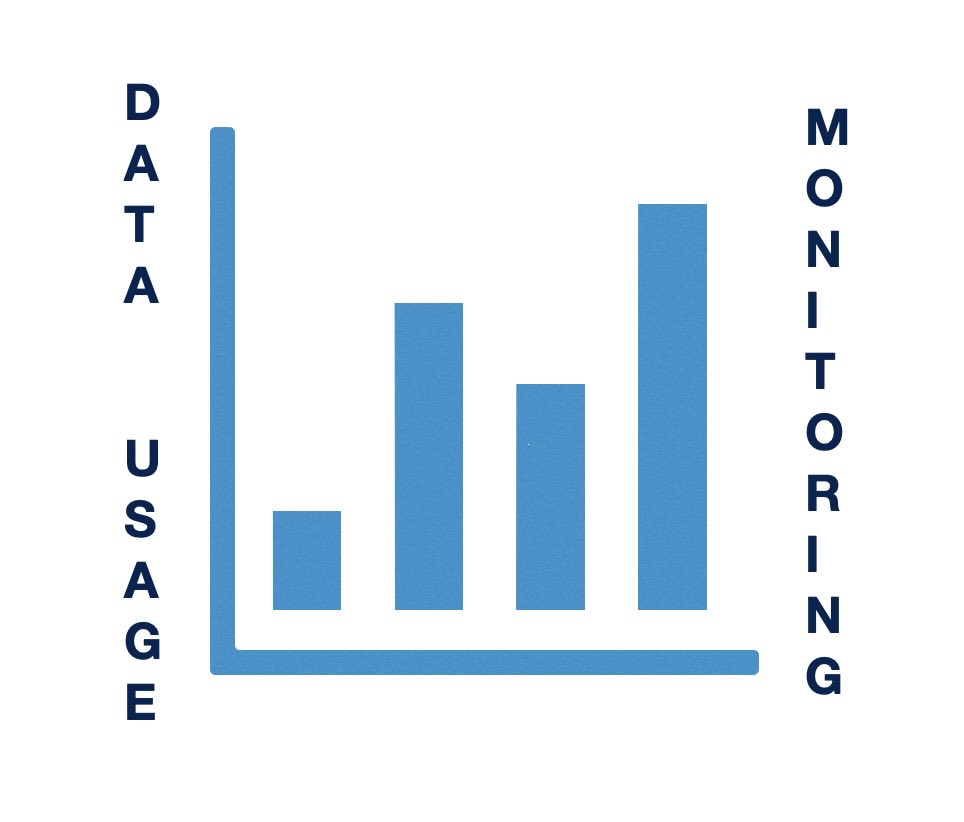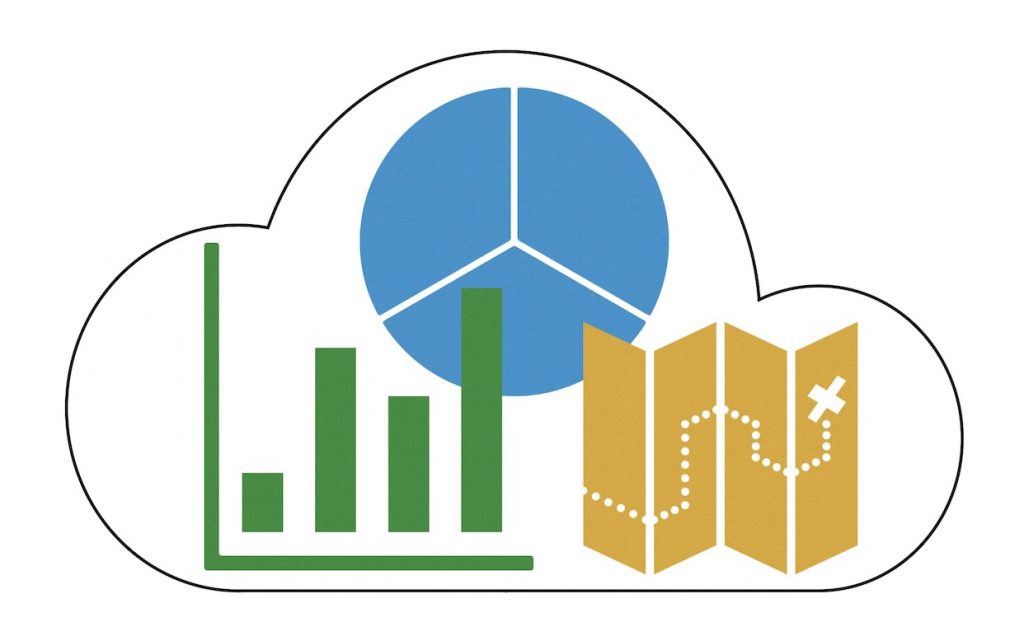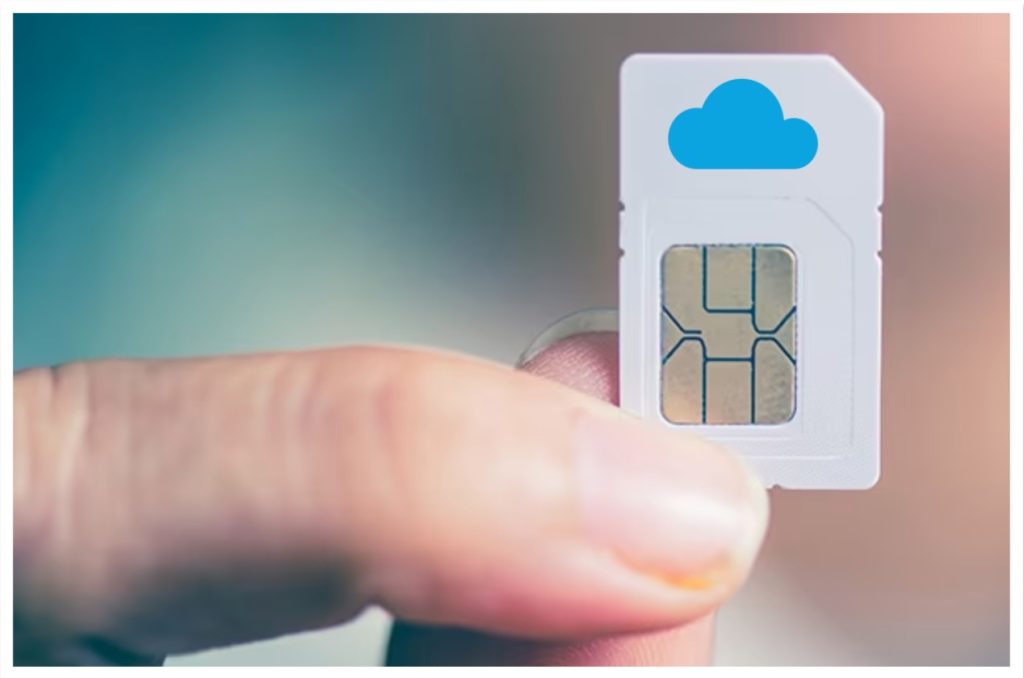As enterprise networking demands evolve, businesses require smarter, more scalable, and highly integrated solutions that keep up with high-performance applications and increasingly complex connectivity needs. That’s where CradlePoint steps in with their latest innovation: the CradlePoint 24 port LAN Switch (SW2400P) (Signup to be notified when available). This intelligent switch is built from the ground up […]
Tag: NetCloud
Cellular Router Data Usage Monitoring on Popular Brands
As internet usage becomes more integral to everyday activities, tracking cellular data consumption has become essential for both individuals and businesses. Excessive data usage can lead to overage charges, disrupted connections, and additional costs, making it critical to have real-time insights into your data usage. This is particularly relevant for those using routers with cellular […]
Cloud Management Services for Cellular Routers
What They Are & Why You Should Use Them When you purchase some sort of electronic device, you normally have the option of purchasing an extended warranty for it. This might not only give you the option of hardware replacement, but added benefits. When it comes to routers – like the ones we carry from […]
SIM Management with Cradlepoint NetCloud
Establishing a seamless connection between cloud management and SIM management portals is pivotal for IT teams managing multiple SIMs across a Wireless WAN. In the conventional approach, IT professionals grapple with the complexity of juggling two distinct platforms: the cloud management system, which offers remote control over the network and security, and the Connectivity Management […]
Understanding Cradlepoint NetCloud Renewals
Cradlepoint NetCloud Manager (NCM) is a cloud-based network management solution that provides businesses with a single pane of glass for managing and monitoring their Cradlepoint networking devices. The platform provides IT administrators with the ability to configure, monitor, and troubleshoot their network devices from a single dashboard, regardless of their location. Without NetCloud, your Cradlepoint […]
Cradlepoint NetCloud Manager: What Happens When Your Device is not Licensed?
What is NetCloud Manager? Cradlepoint NetCloud Manager is a cloud-based network management solution that provides businesses with a single pane of glass for managing and monitoring their Cradlepoint networking devices. The platform allows IT administrators to configure, monitor, and troubleshoot their network devices from a single dashboard, regardless of their location. NetCloud Manager Licensing States […]
What is Cradlepoint NetCloud Exchange?
As our businesses changed with the pandemic, the need for the Internet in remote locations, cloud computing, and security all increased and continues to do so. Among other companies, Cradlepoint was able to assist greatly in these areas. At this time, their company believes that wide area network (WAN) architectures have proven too limited. They’re […]





